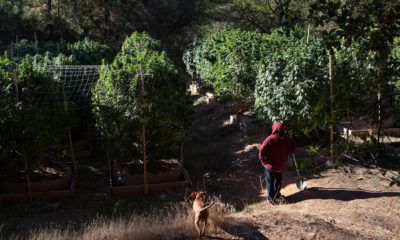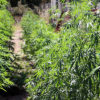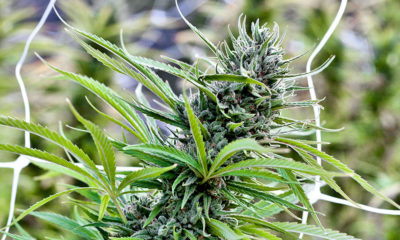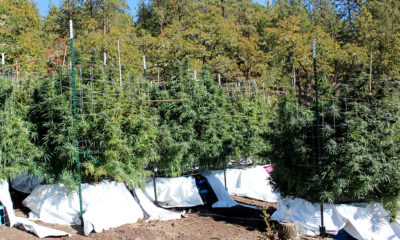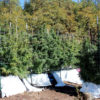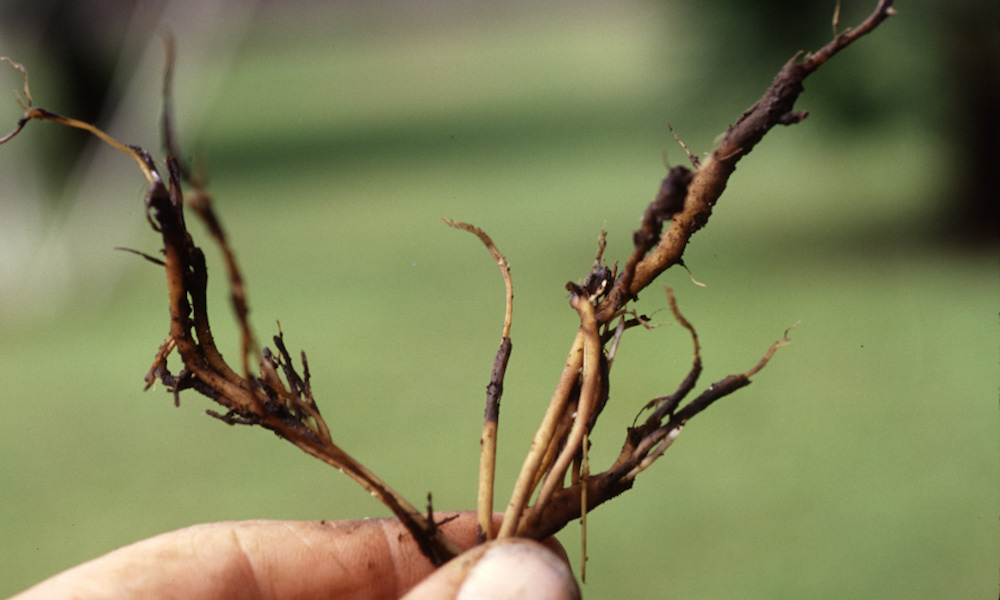
Cultivation
Researchers Identify 4 Plant Pathogens Harming Cannabis For First Time
A new report sheds more light on the fungal diseases that can kill cannabis plants and ruin entire hydroponic grow systems — diseases which could become more prevalent.
More cannabis is growing than ever at a commercial level and all those nasty plant pathogens that can mess up a crop have more opportunities than ever to do it. In a report published on Oct. 17 in the Canadian Journal of Plant Pathology, a group of researchers identified four pathogens that are harming cannabis plants — and warned that the fungal diseases can easily spread through hydroponic systems.
Researcher Dr. Zamir Punja and his team spent the last three years studying hydroponically grown cannabis to determine the prevalence of root pathogens. They analyzed the root rot that occurred on the plants, and discovered the root rot was two Pythium species and two Fusarium species. The research marks the first time any of the four pathogens had been detected in cannabis in a laboratory, though they have been found previously in other plants like tomatoes. Pythium is a fungus-like parasitic oomycote, while Fusarium is a vascular wilt fungal disease that is not just dangerous to cannabis — it can also cause eye infections like keratitis, and onychomycosis, which causes infected toenails.
Punja led the research at Simon Fraser University in British Columbia. He spoke exclusively with Cannabis Now on what inspired him to kick off the research.
“I think one advantage of hydroponics is you can visualize the root, you can hold them up, lift them out of the bucket, or just look at them in the rockwool system,” said Punja. “Visually you can actually see the roots turning brown, and that wasn’t normal.”
When Punja and his team saw the roots browning for the first time, they thought maybe something was eating at the roots or infecting them. That was three years ago, and that inspired them started the work to hunt down the source of the problem.
Identifying the Potential to Ruin Crops
At first, the researchers didn’t actually see the issue in the clones they were working with which were cut and rooted by one of Canada’s Licensed Producers. Then, as they looked closer at the plants that were being impacted, they discovered the pathogens were indeed appearing during the propagation cycle in some instances.
“It starts really early, and we can actually see the browning and in some cases, the rotting of the crown on the propagated cutting,” said Punja, who said the problems can persist until — worst-case scenario — the plant is dead.
Punja says the crown rot aspect is the most damaging symptom of the group. He noted it could be caused by any of the four pathogens they identified.
“The browning of the roots happens first, then the crown rot sets in. And that’s basically when the plant calls it quits,” he said.
According to Punja, one of the interesting discoveries about the cannabis-infecting organisms is the way they transmit pathogens. They can actually move through the hydroponic system.
“So when a large producer has an infection, there is a good chance it is going to move around that facility or potentially even spread with propagated plants,” he said.
Punja is worried certain producers are selling cuttings that actually have some Fusarium on them. And once it’s out there, it’ll spread no matter what, be it through the hydroponic system or through cuttings.
All of these pathogens have definitely proven they can survive a bath in the Clonex solution typically used in industrial operations.
“I think it’s not obvious, especially when we went through and made the isolations and cultured up whatever was growing. Now that we’ve published the paper, I think there will be more and more people looking [for symptoms] early,” said Punja.
Diseases Spreading From Traditional Crops to Cannabis
We asked Punja if we should continue expecting to see different known plant pathogens make their debut appearances in cannabis in the future, due to the sheer amount of opportunity in large-scale operations.
“I think you hit the nail on the head,” Punja replied. “I think that’s exactly what’s going to happen. In Canada, a lot of the greenhouse growers who used to grow tomatoes and peppers are moving to cannabis. And despite how well they try and clean everything up, there is some stuff that’s is either leftover or moved over from tomatoes and gets on the cannabis.”
Punja isn’t excited to make the discovery of these pathogens appearing on cannabis for the first time, but is glad to be able to help people be aware. He also says there aren’t a lot of options to fight these things off. It’s going to take sanitation, monitoring your plants and a lot of forward-thinking about what’s happening in your grow.
TELL US, did you know fungal diseases can spread from tomatoes to cannabis?



